Regulatory Support
Regulatory frameworks are increasingly favoring the adoption of Membrane Bioreactor System Market technologies. Governments are implementing stringent wastewater treatment regulations to address environmental concerns, which is driving demand for efficient treatment solutions. For example, the implementation of the Clean Water Act in various regions mandates the reduction of pollutants in wastewater, thereby creating a favorable environment for membrane bioreactor systems. This regulatory support is expected to bolster market growth, as industries seek compliance with these regulations. The market is anticipated to witness a steady increase in adoption rates, with projections suggesting a growth rate of approximately 8% annually over the next five years.
Growing Urbanization
Urbanization is a key driver influencing the Membrane Bioreactor System Market. As populations in urban areas continue to swell, the demand for effective wastewater management solutions is becoming increasingly critical. Urban centers are facing challenges related to water scarcity and pollution, necessitating the implementation of advanced treatment technologies. The Membrane Bioreactor System offers a compact solution that can be integrated into existing infrastructure, making it an attractive option for municipalities. Data indicates that urban areas are expected to account for over 70% of the global population by 2050, which will likely escalate the need for innovative wastewater treatment solutions, thereby propelling the Membrane Bioreactor System Market.
Technological Advancements
The Membrane Bioreactor System Market is experiencing a surge in technological advancements that enhance the efficiency and effectiveness of wastewater treatment processes. Innovations in membrane materials and configurations are leading to improved filtration capabilities, which can significantly reduce operational costs. For instance, the introduction of hollow fiber membranes has been shown to increase permeate flux while minimizing fouling. This trend is supported by data indicating that the market for advanced membrane technologies is projected to grow at a compound annual growth rate of over 10% in the coming years. As these technologies evolve, they are likely to attract investments, further propelling the Membrane Bioreactor System Market.
Rising Environmental Awareness
There is a growing awareness regarding environmental sustainability, which is significantly impacting the Membrane Bioreactor System Market. Consumers and industries alike are increasingly prioritizing eco-friendly practices, leading to a shift towards technologies that minimize environmental footprints. Membrane bioreactors are recognized for their ability to treat wastewater effectively while producing high-quality effluent that can be reused. This trend is supported by various studies indicating that industries adopting sustainable practices can enhance their market competitiveness. As environmental regulations tighten and public awareness increases, the demand for membrane bioreactor systems is expected to rise, potentially leading to a market growth rate of around 9% in the next few years.
Industrial Growth and Expansion
The expansion of various industries, including pharmaceuticals, food and beverage, and textiles, is driving the Membrane Bioreactor System Market. These sectors generate substantial amounts of wastewater that require efficient treatment solutions to meet regulatory standards. As industries grow, their need for advanced wastewater treatment technologies becomes more pronounced. The Membrane Bioreactor System offers a versatile solution that can handle varying wastewater characteristics, making it suitable for diverse applications. Market data suggests that the industrial sector is projected to grow at a rate of 6% annually, which will likely contribute to the increasing adoption of membrane bioreactor systems as industries seek to enhance their wastewater management practices.


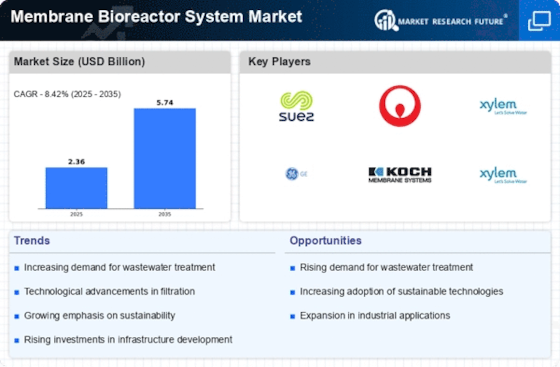
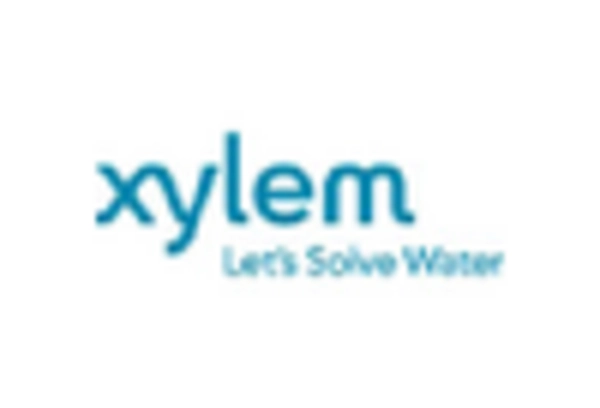
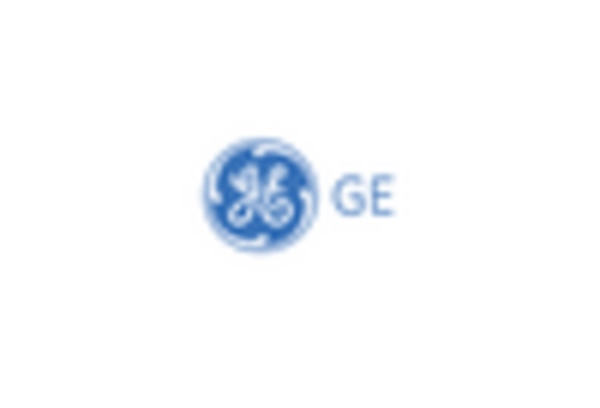
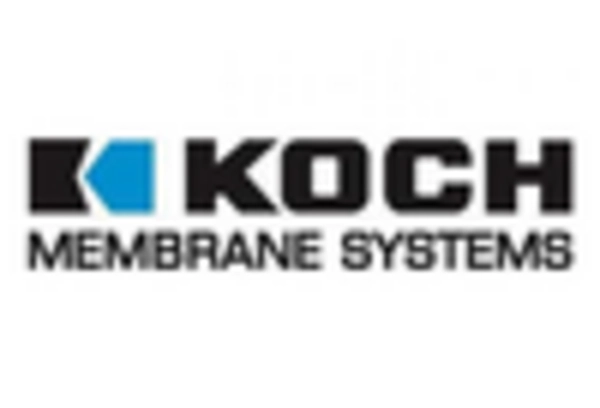


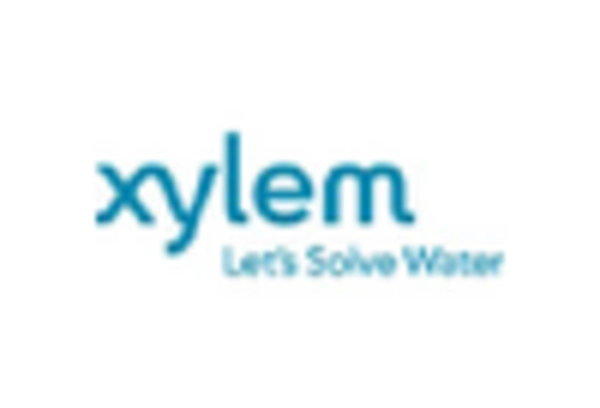








Leave a Comment